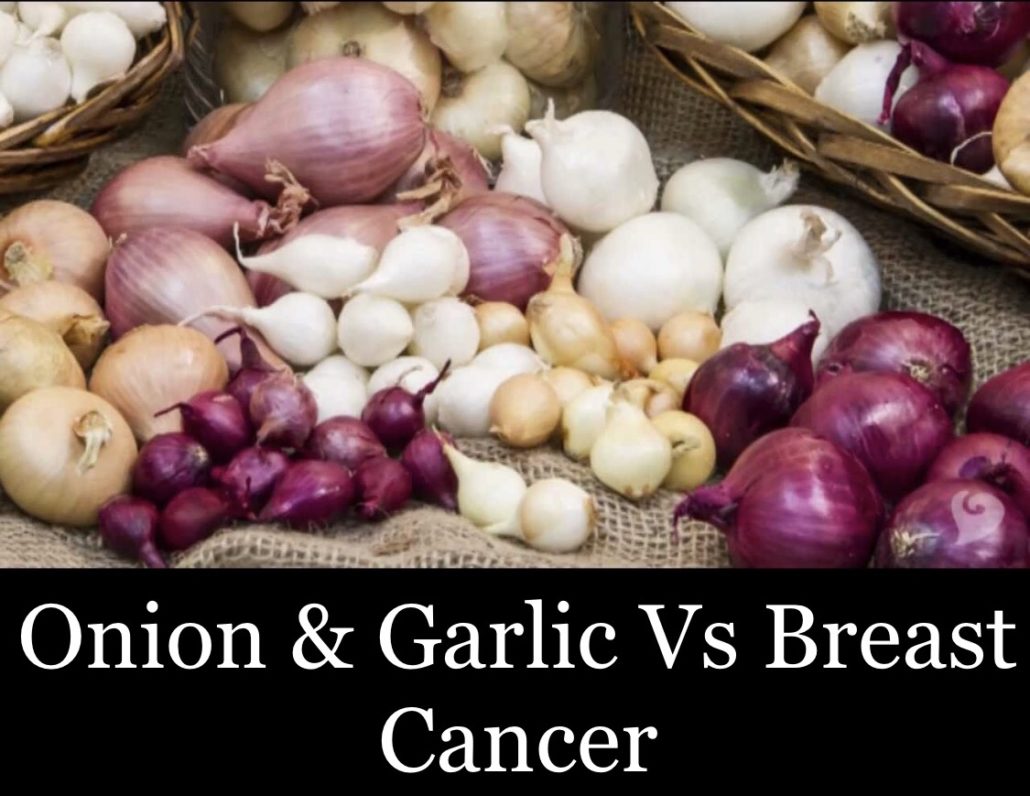Link found between chronic headache and back pain
A review of 14 studies found that people with persistent headache or back pain were twice as likely to experience the other disorder as well.
Chronic headaches and persistent back pain are both debilitating conditions. New findings suggest a link between the two, potentially charting a new course for more effective treatment.
Chronic headaches and back pain both appear in the top five causes of years lived with disability. Healthcare professionals often treat the conditions separately, but there is a theory that in some people, they appear together. Therefore, treating both as one disorder may provide better results.
Up to 4% of individuals in the global adult population have headaches on 15 or more days of every month, according to the World Health Organization (WHO).
Meanwhile, about 80% of adults experience low back pain at least once in their lifetime, according to the National Institute of Neurological Disorders and Stroke, and approximately 20% of these people go on to develop chronic low back pain.
In 2013, a German study found a link between low back pain and both chronic migraine and chronic tension-type headaches.
Now, researchers from the University of Warwick, United Kingdom, appear to have found an even stronger association.
Double the odds
Appearing in the Journal of Headache and Pain, their review involved 14 studies with a range of sample sizes. The smallest study included 88 participants, while the largest involved 404,206 individuals.
One type of headache and a particular back pain disorder were the focus: chronic headaches and persistent low back pain. The team notes the definitions of these conditions, describing the former as headaches that occur on the majority of days for a minimum of 3 months and the latter as pain “between the bottom of the rib cage and the buttock creases” for the same period.
The review found that all the studies shared a similar positive association between the two conditions. However, the odds of experiencing both conditions varied widely between the studies from less than twice as likely to eight times as likely.
This meant that the researchers were unable to pool the data in a combined statistical analysis. However, Prof. Martin Underwood notes, “[i]n most of the studies, we found that the odds were about double — either way, you’re about twice as likely to have headaches or chronic low back pain in the presence of the other.”
For people experiencing migraine — the third most prevalent illness in the world — the link was even stronger.
A few limitations exist, namely that inconsistent study designs and populations and varying definitions of the disorders may have weakened the quality of the results.
Still, the findings are “very interesting,” notes Prof. Martin Underwood, from Warwick Medical School, “because typically these have been looked at as separate disorders and then managed by different people.”
“But this makes you think that there might be, at least for some people, some commonality in what is causing the problem.”
Combining treatments
The researchers are not yet sure of the potential shared cause, but they have some theories. One, explains Prof. Underwood, is that there may be “an underpinning biological relationship” in some people with headaches and back pain.
“There may be something in the relationship between how people react to the pain,” he says, “making some people more sensitive to both the physical causes of the headache, particularly migraine, and the physical causes in the back, and how the body reacts to that and how you become disabled by it.”
Such a cause could be a target for treatment. In fact, the team thinks that a joint approach may be best.
Right now, drugs are available to treat chronic headaches. Some people try a range of holistic remedies too. Back pain, meanwhile, may require a combination of exercise and psychological therapy.
Ensuring that people with both disorders receive appropriate support and management techniques could well help their quality of life. A combined treatment method could also provide a financial benefit by reducing the number of medication prescriptions.
“There is a need for doctors and other healthcare professionals to think that when treating one issue, [they should] ask about the other and tailor the treatment accordingly.”
Prof. Martin Underwood
“For future research, there’s probably work that needs to be done to understand what the underlying mechanisms behind this relationship are,” he adds.


